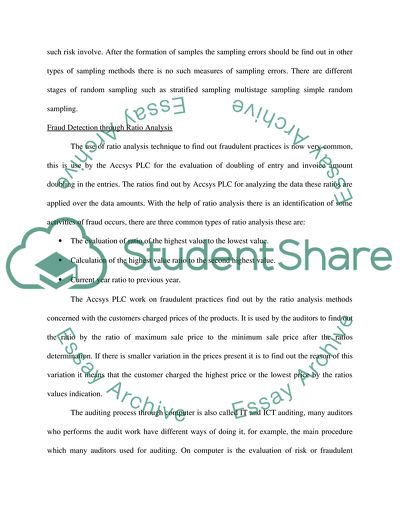Cite this document
(Auditing Assignment Example | Topics and Well Written Essays - 2000 words - 1, n.d.)
Auditing Assignment Example | Topics and Well Written Essays - 2000 words - 1. https://studentshare.org/finance-accounting/1817478-auditing
Auditing Assignment Example | Topics and Well Written Essays - 2000 words - 1. https://studentshare.org/finance-accounting/1817478-auditing
(Auditing Assignment Example | Topics and Well Written Essays - 2000 Words - 1)
Auditing Assignment Example | Topics and Well Written Essays - 2000 Words - 1. https://studentshare.org/finance-accounting/1817478-auditing.
Auditing Assignment Example | Topics and Well Written Essays - 2000 Words - 1. https://studentshare.org/finance-accounting/1817478-auditing.
“Auditing Assignment Example | Topics and Well Written Essays - 2000 Words - 1”. https://studentshare.org/finance-accounting/1817478-auditing.


